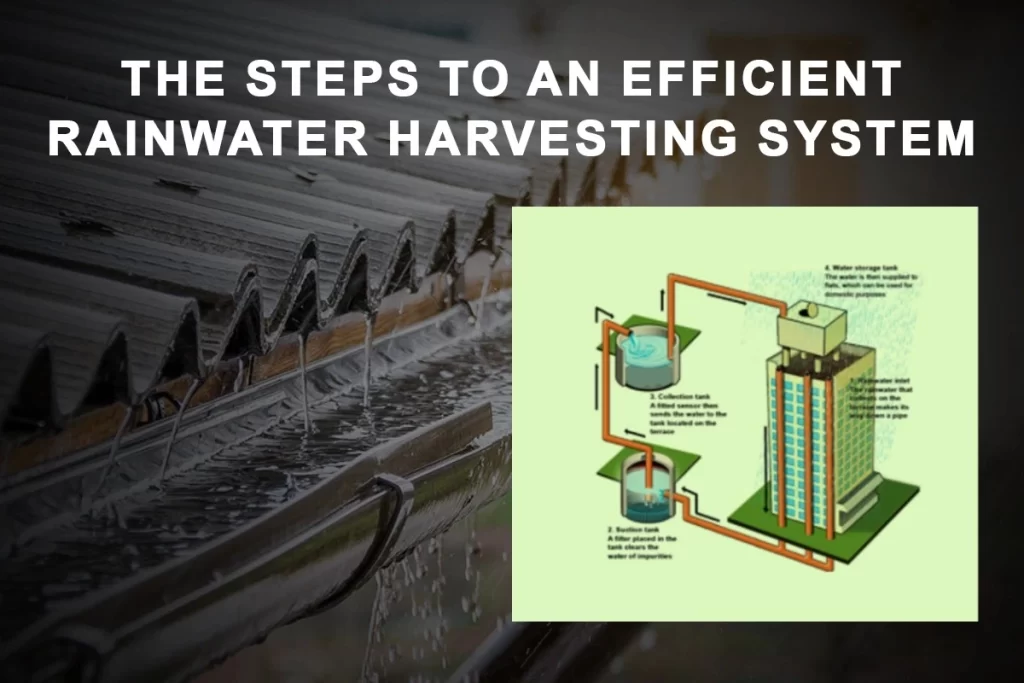As the global population continues to grow, water scarcity is becoming a critical issue, with predictions that more than half of the world’s population will be living in water-stressed regions by 2050. One of the most sustainable and effective solutions to this problem is rainwater harvesting. This practice involves collecting, storing, and utilizing rainwater for various purposes, such as irrigation, washing, and even drinking. By implementing rainwater harvesting systems, we can reduce our dependence on municipal water supplies, save on water bills, and most importantly, conserve water—a vital resource.
Understanding Rainwater Harvesting
Rainwater harvesting is the process of collecting and storing rainwater rather than allowing it to run off into drains or the ocean. This water can then be reused for various applications, making it a crucial resource, especially in areas experiencing water shortages. There are two main types of rainwater harvesting: rooftop harvesting and surface harvesting.
- Rooftop Rainwater Harvesting: This method involves capturing rainwater directly from the roof of a building. The roof acts as the catchment area, and the collected water is either stored in a tank or diverted to an artificial recharge system. This method is cost-effective and can help augment the groundwater levels in the area.
- Surface Rainwater Harvesting: In urban areas, rainwater often flows away as surface runoff. This runoff can be collected and used to recharge aquifers, thereby increasing the groundwater supply.
Advantages of Rainwater Harvesting
Rainwater harvesting offers numerous benefits, including:
- Promotes Adequate Groundwater Supply: As groundwater levels deplete due to over-extraction, rainwater harvesting provides a way to replenish these levels, ensuring a sustainable water supply.
- Mitigates Drought Effects: In regions prone to drought, rainwater harvesting serves as a reliable source of clean water, even during dry periods.
- Energy Conservation: By improving groundwater levels, less energy is required to pump water, leading to energy savings.
- Environmental Benefits: Storing water underground reduces evaporation, prevents seawater intrusion, and supports ecosystems that rely on groundwater.
- Cost-Effective: Rainwater harvesting is a long-term investment that reduces the need for expensive water transportation and other recycling methods.
Steps to Implement a Rainwater Harvesting System
Although setting up a rainwater harvesting system may seem complex, following these steps ensures long-lasting results:
- Determine the Catchment Area: Identify and clean the area where rainfall will be collected, such as a terrace, courtyard, or ground surface.
- Design the Layout: Plan the placement of storage tanks and pipelines to maximize water collection.
- Set Up Storage: Divert rainwater from the roof into a storage tank, which should include filters, an air gap to prevent backflow, and an overflow system.
- Install Pipes and Tanks: Obtain necessary permissions, lay pipes, and set up tanks. Ensure the system includes first flush diverters and overflow arrangements.
Conclusion
Rainwater harvesting is a simple yet powerful tool in the fight against water scarcity. By understanding and implementing the appropriate methods, we can make a significant impact on our water supply, reduce costs, and contribute to environmental conservation. As water scarcity continues to threaten global populations, adopting rainwater harvesting practices will be essential for ensuring a sustainable future.



